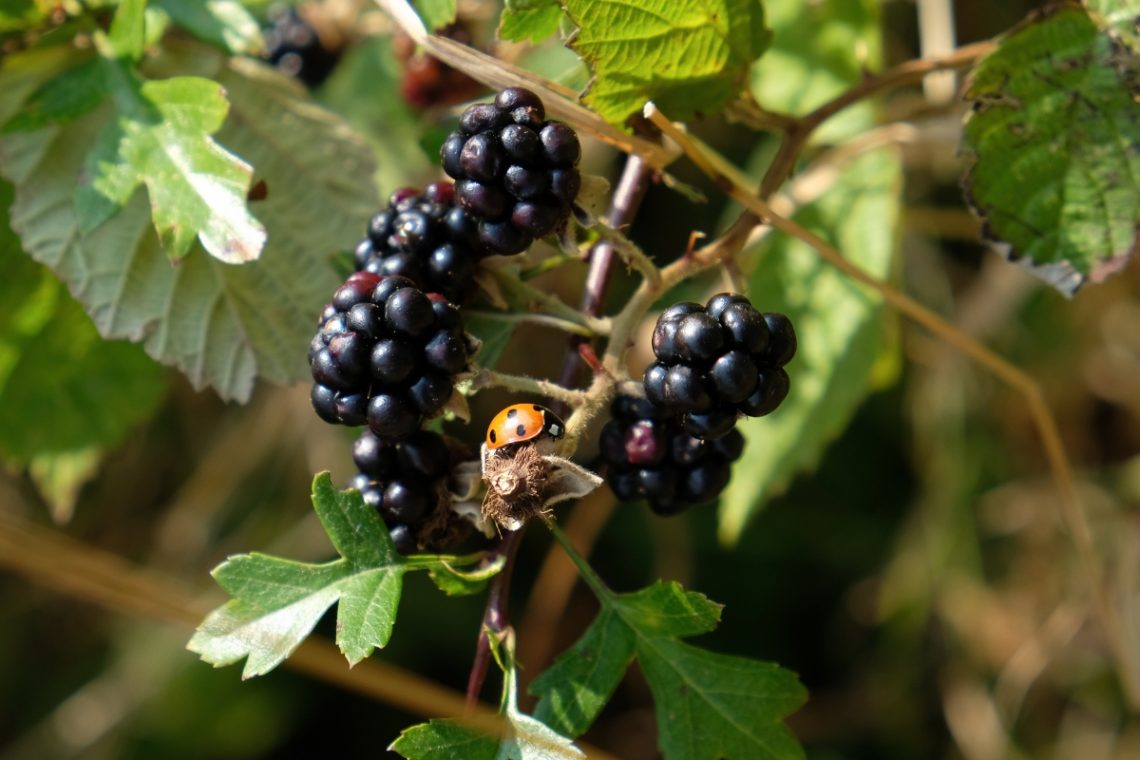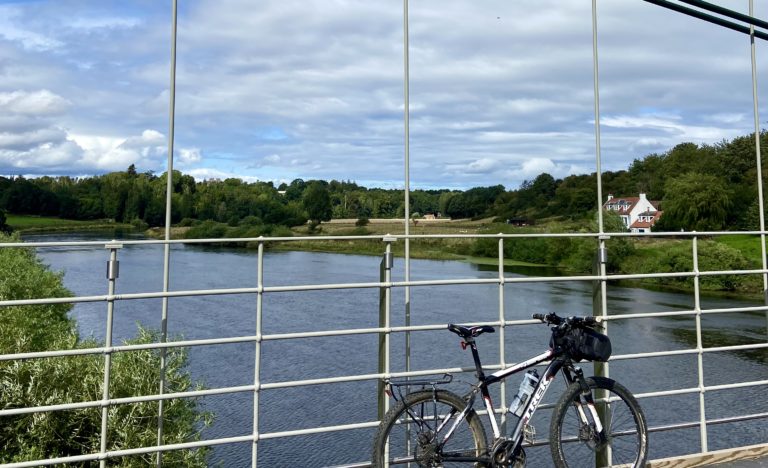Nature’s Bounty: The Fruits of Autumn
As we move through a magnificent Autumn of gold here on the estate, Mother Nature provides a final harvest before going into hibernation. Around every corner of the estate, along the riverbank and amongst the multicoloured forests, we discover nature’s bounty.
For centuries, the hedgerows have provided a rich source of food for our ancestors and wildlife. There is something quite fulfilling about foraging for the fruits which grow in abundance and using them in the kitchen to create delicious delicacies.



Blackberries
Blackberries, commonly known as brambles, have been scratching the ankles and staining the fingers of our relatives for hundreds of years. From late July through to October, these deep purple gems line our hedgerows on the edge of Snook Field next to the Tails of the Tweed Dog Park. To enjoy blackberries at their best, harvest them in August and early September. They offer a tasty treat while out exploring or can be collected to take back to the kitchen. Our fishermen were recently treated to a spectacular Queen of Puddings, where you can easily use brambles as part of the recipe.


Sloes
A popular choice for foragers and always in a secret hiding place, the inky blue-purple berries grow on the blackthorn bushes, which flower with small white blossoms in the spring. The sloe berries first appear in August but are harvested when they are most ripe, in late autumn or early winter. It has long been said that sloes are best picked after the first frost when their skins are split and their juices are released. Foraging for sloes is a great way to embrace seasonal living and the perfect chance to make one of our favourite recipes from our very own Jenny, who produces the most wonderful wild bramble and sloe gin jelly.
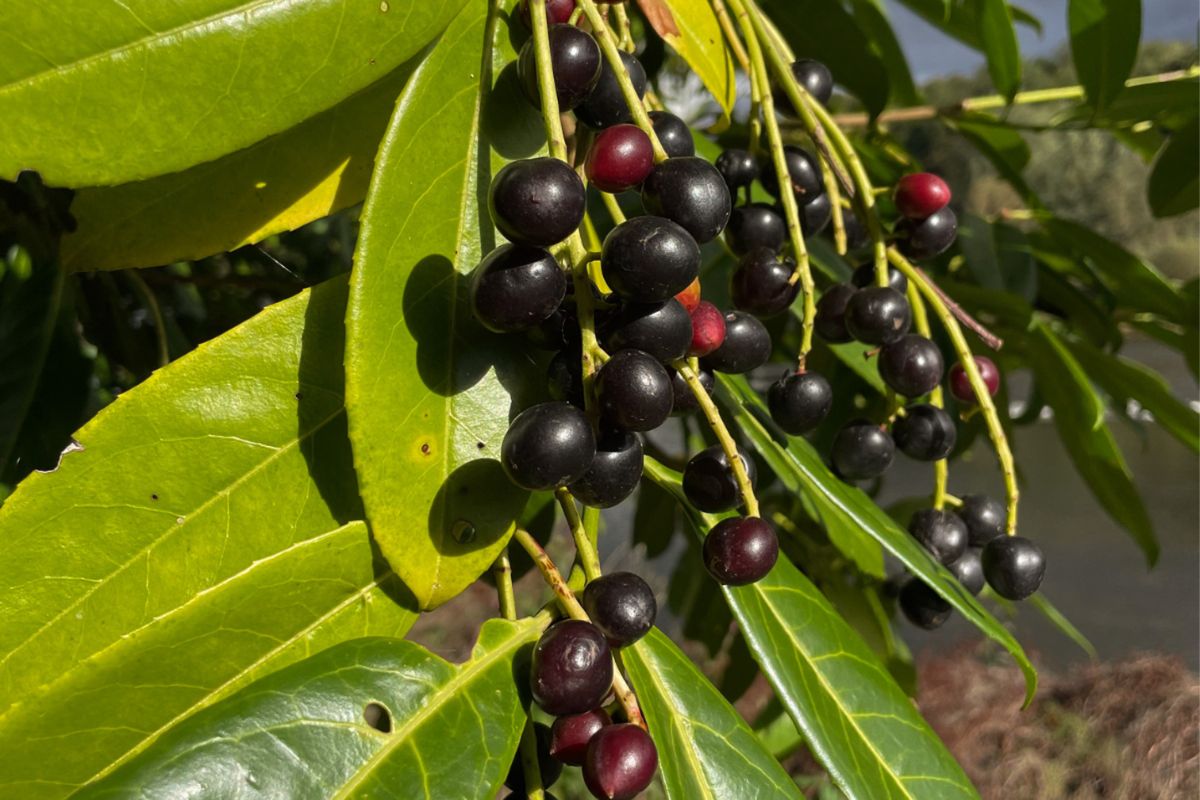
Elderberries
There is a similar theme that runs throughout our favourite autumn berries; they all bloom purple. This time, the berries in question are purplish black in colour. Small in size, the Elderberries grow in clusters on the Sambucus trees.
These berries are not for eating until they have been well cooked, as some varieties can be toxic. However, they do make for a scrumptious elderberry syrup or crumble.


Apples
Providing plentiful harvests year after year, the trees which blossom with beautiful pink and white flowers in the spring now hold the richest red and glorious green apples. More abundant than ever, we’ll be busy in the kitchen trying to make the most of this Autumn bounty. One of our favourite recipes to make is a classic apple pie with golden pastry – do you prefer yours with single cream or vanilla ice cream?
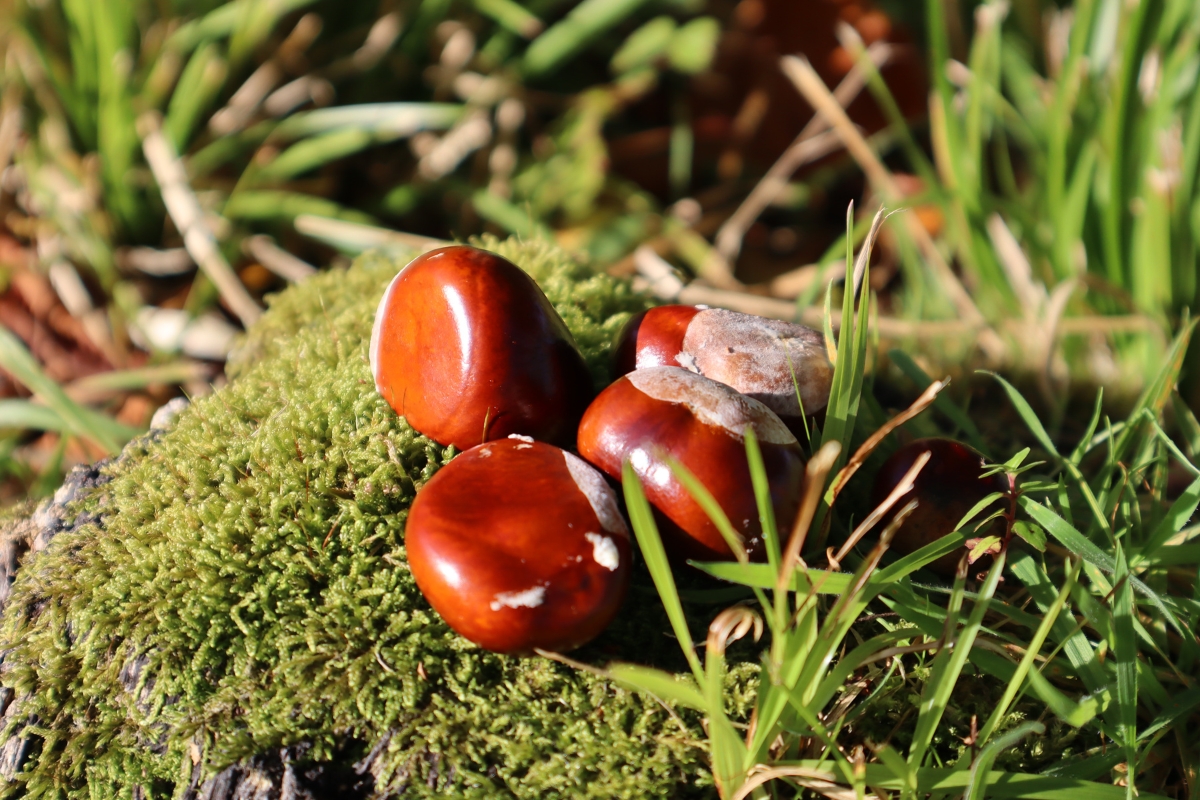
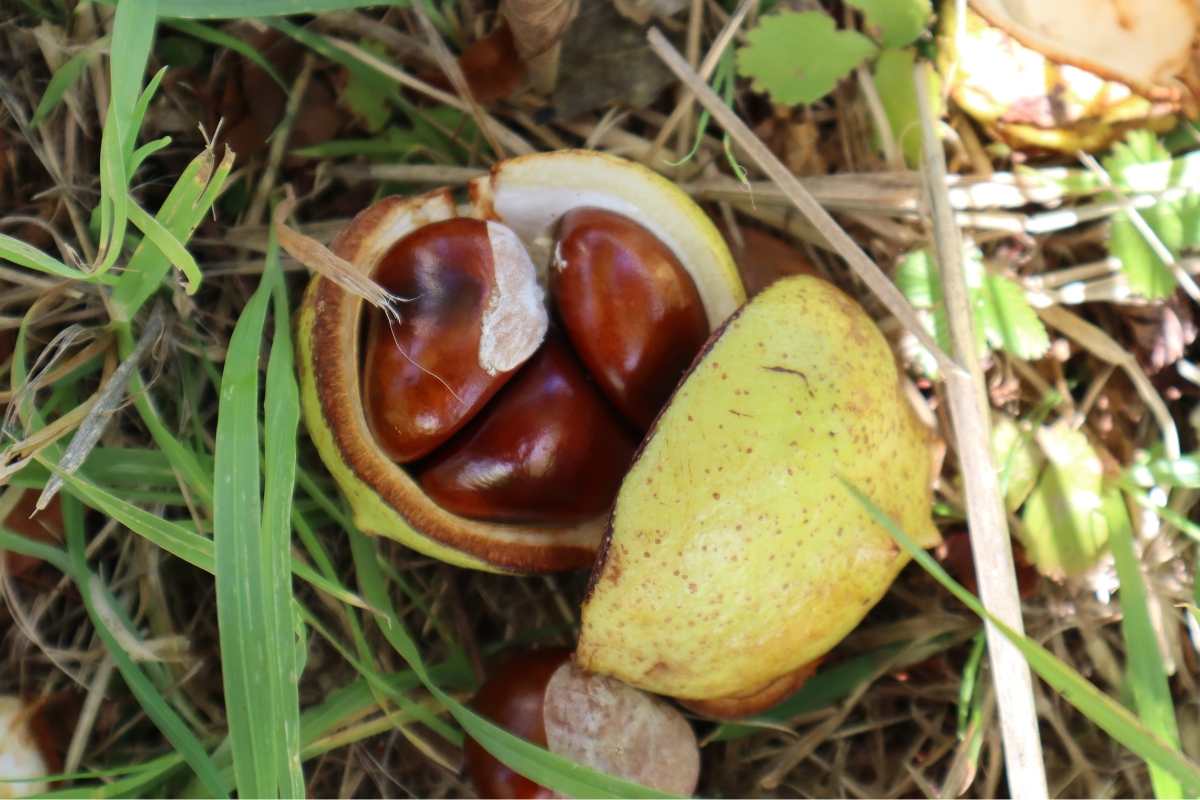
Conkers
As October arrives, with every gust of wind, the conkers, which once weighed heavy on the branches of our magnificent horse chestnut trees, rain down on the forest floor below. The glossy, mahogany brown seeds, known as conkers, peek out from inside their spiky green shells. An abundance is left on the pathways as the squirrels have clearly missed a few.
While this fruit is not edible, it brings back joyful memories of younger years playing conker competitions with family and friends.
Autumn is a wonderful time for the foragers amongst us, creating delightful treats from nature’s bounty. While the land and woodlands reward us with an abundance of fruits during Autumn, other seasons also bring with them their own produce. The elderflowers can be used to create a delicious cordial, and blackcurrants can be used to create a tasty blackcurrant compote pudding perfect with some Greek yoghurt on granola or topping off that warming breakfast porridge.


